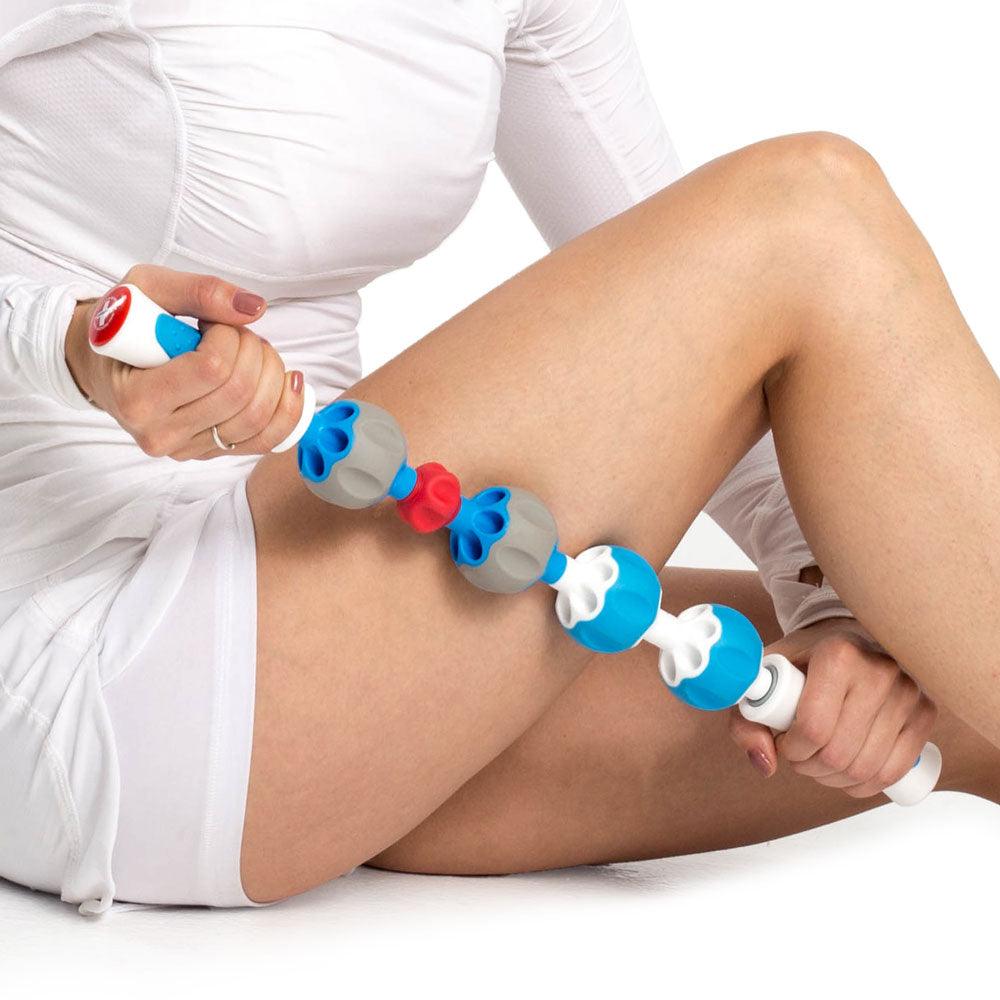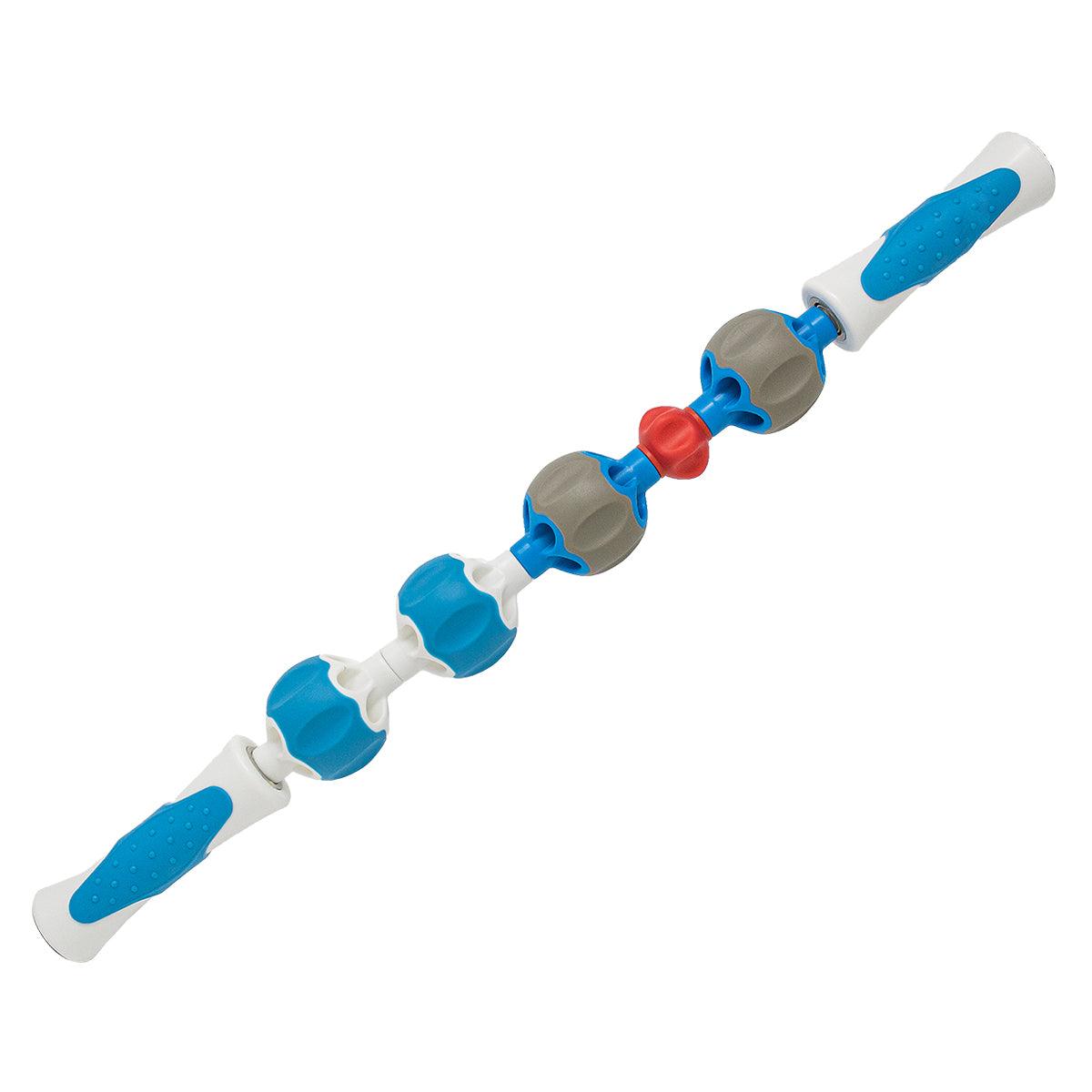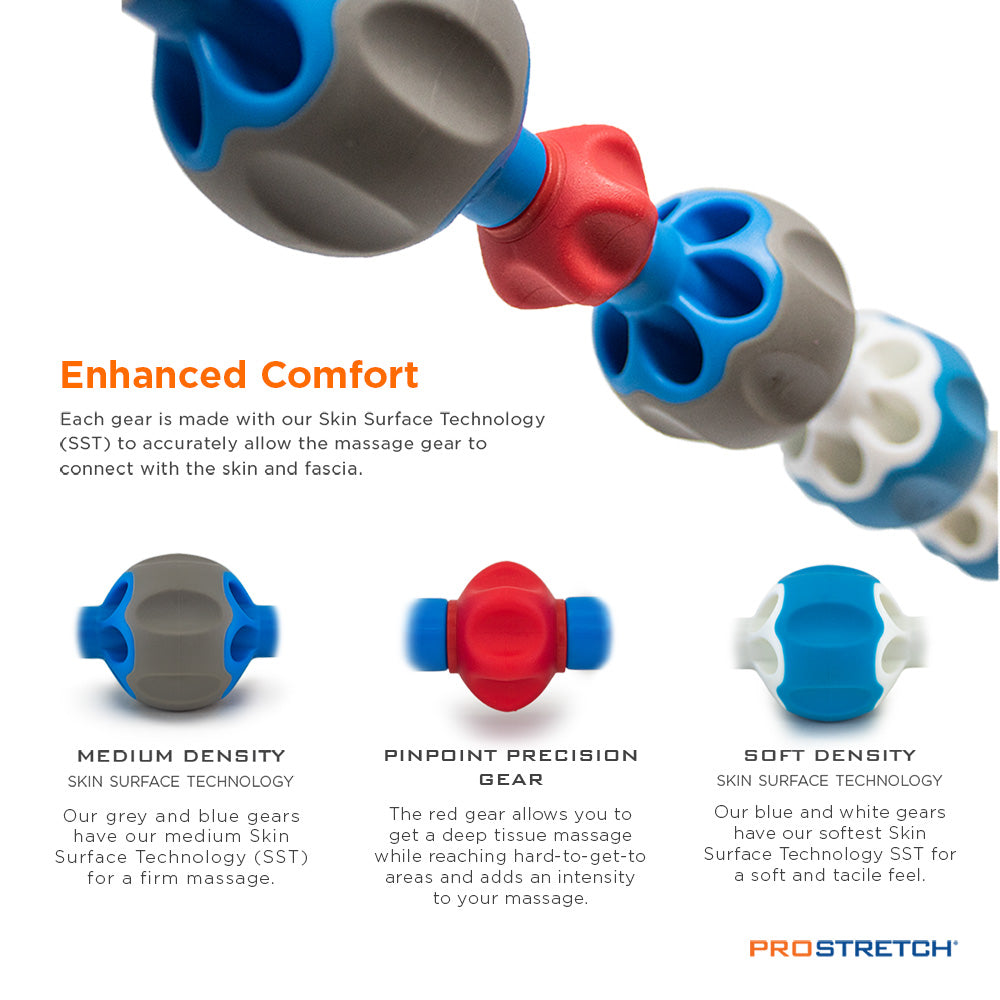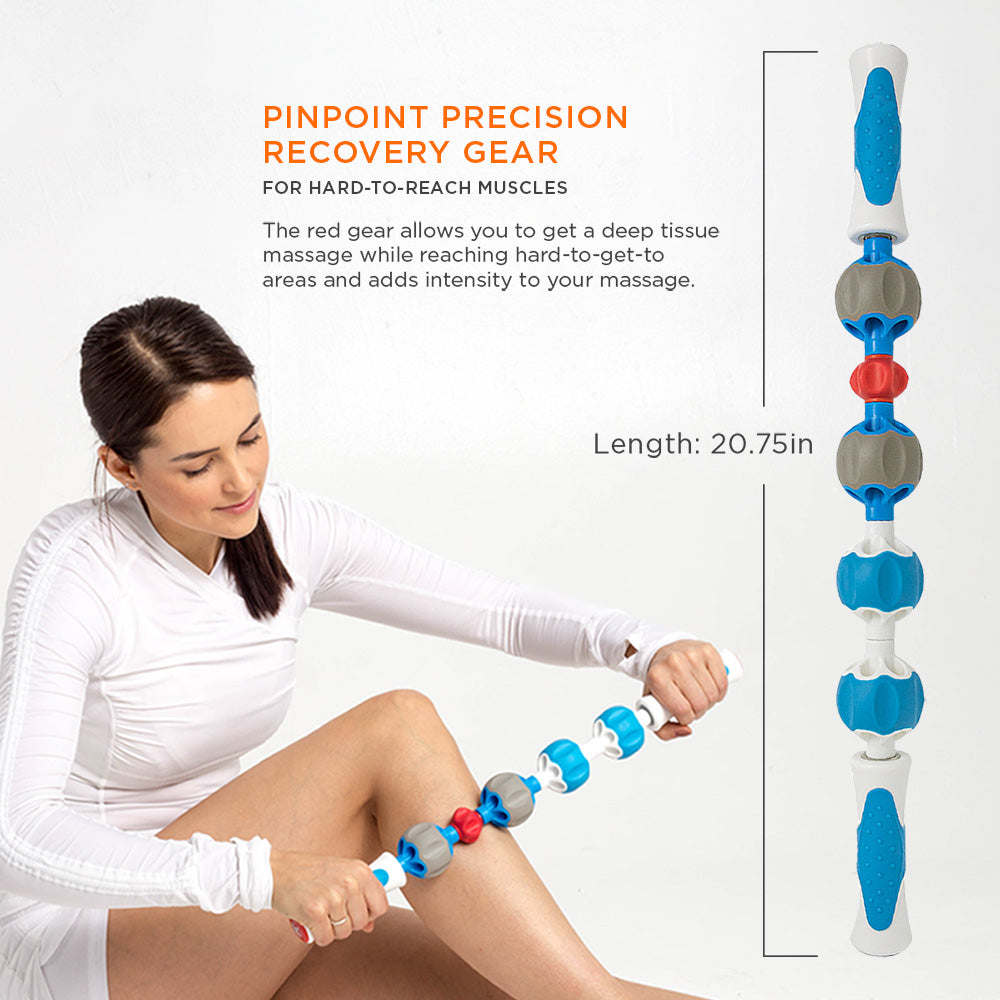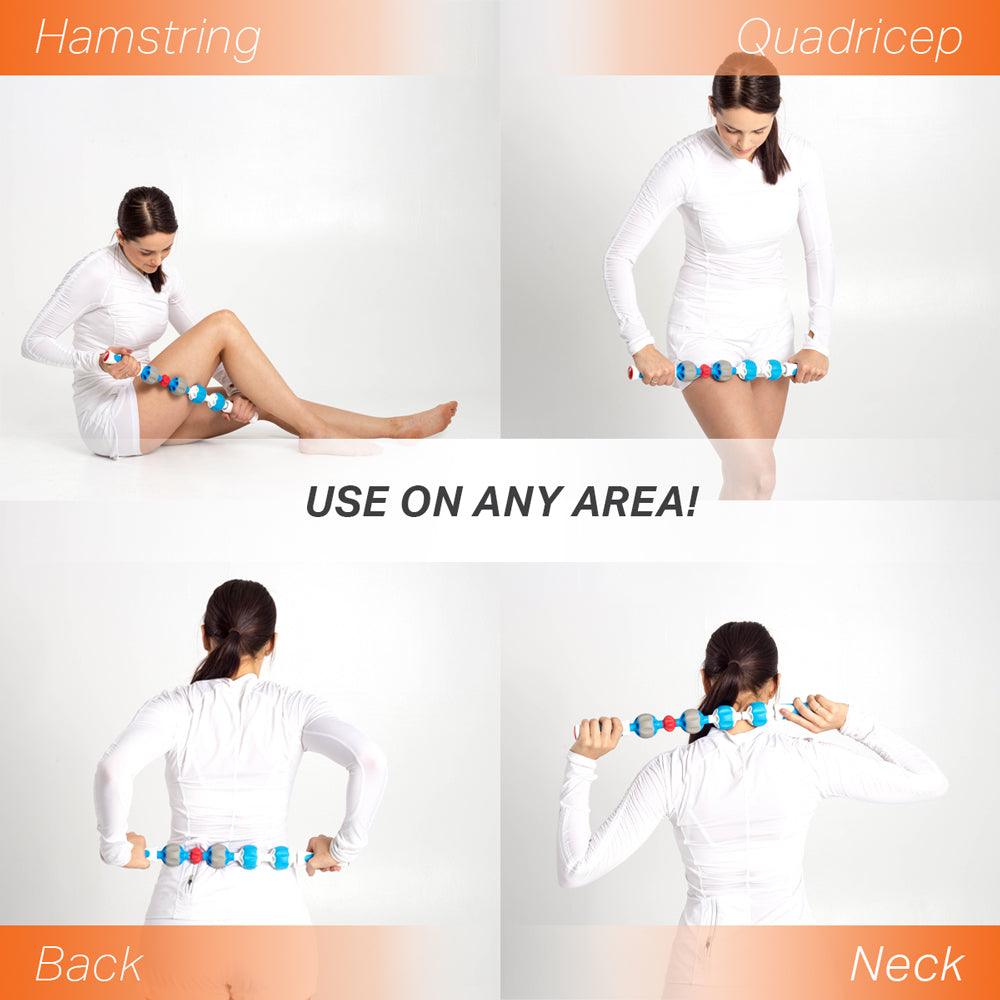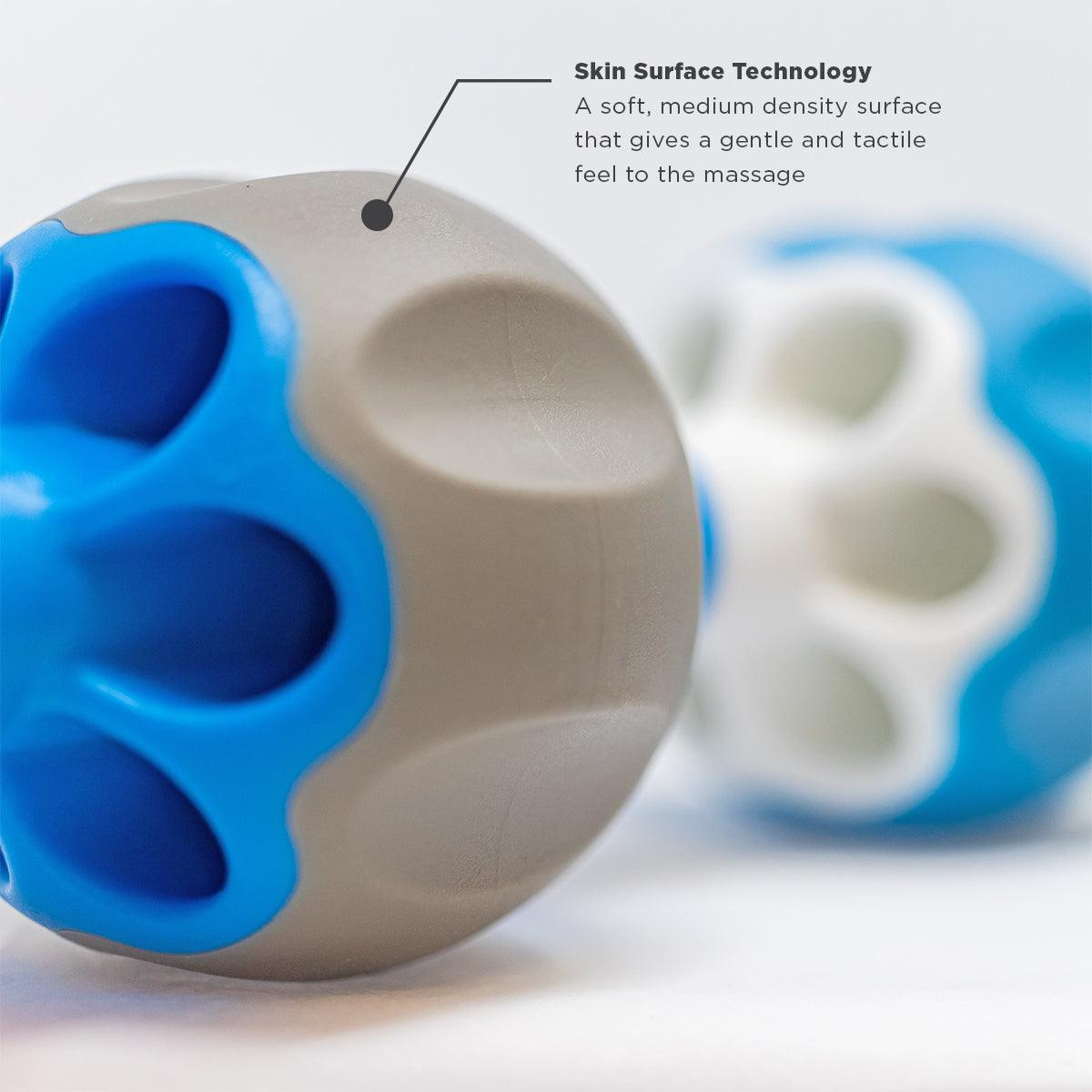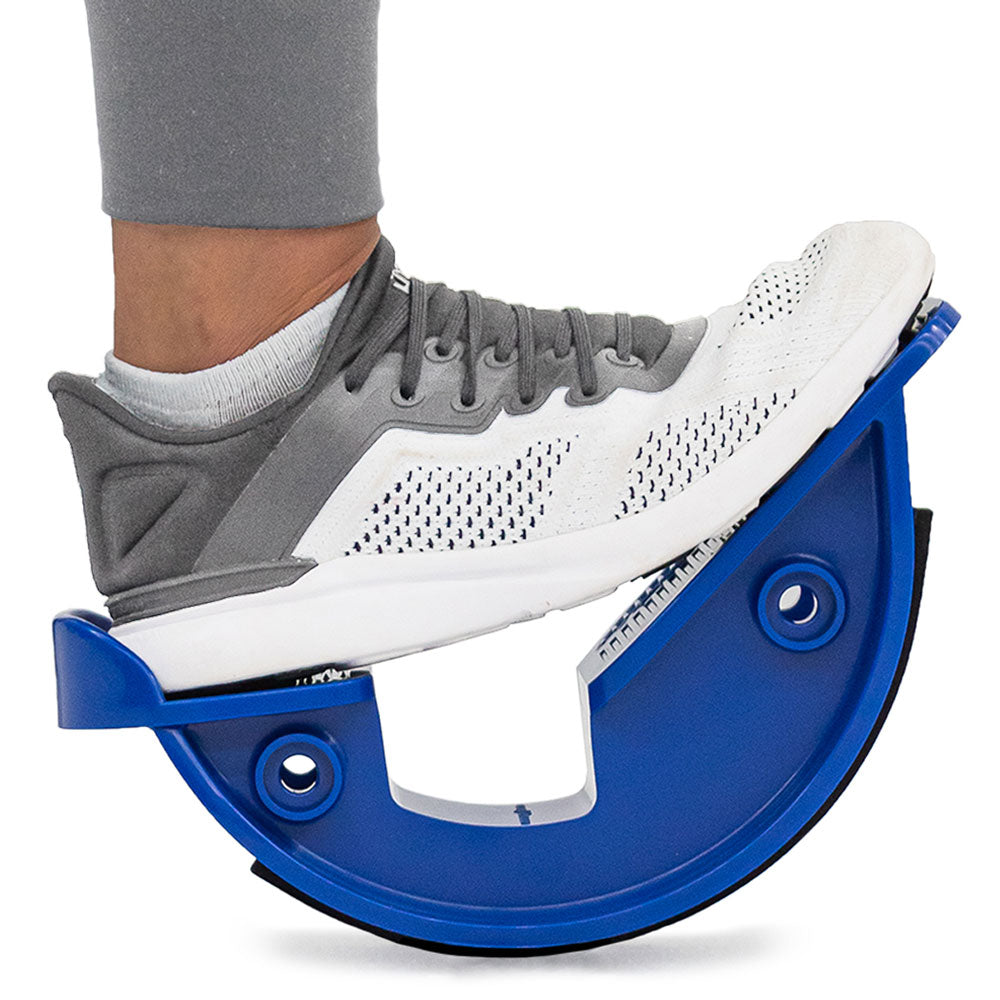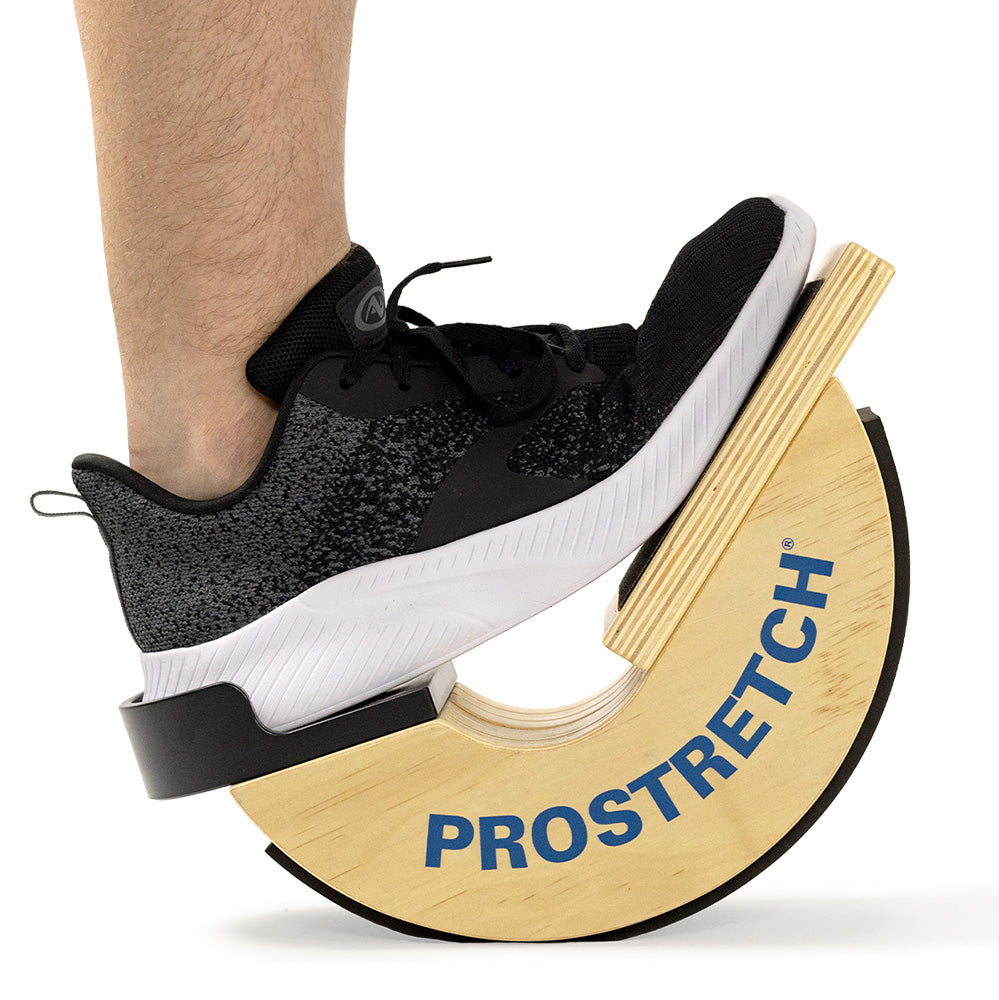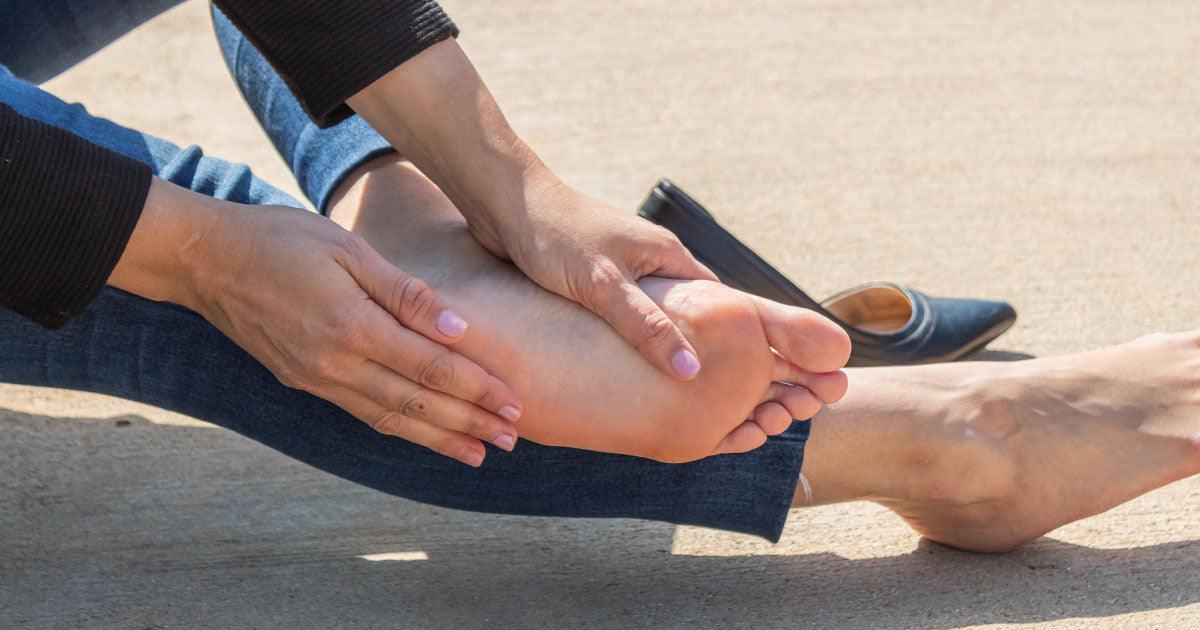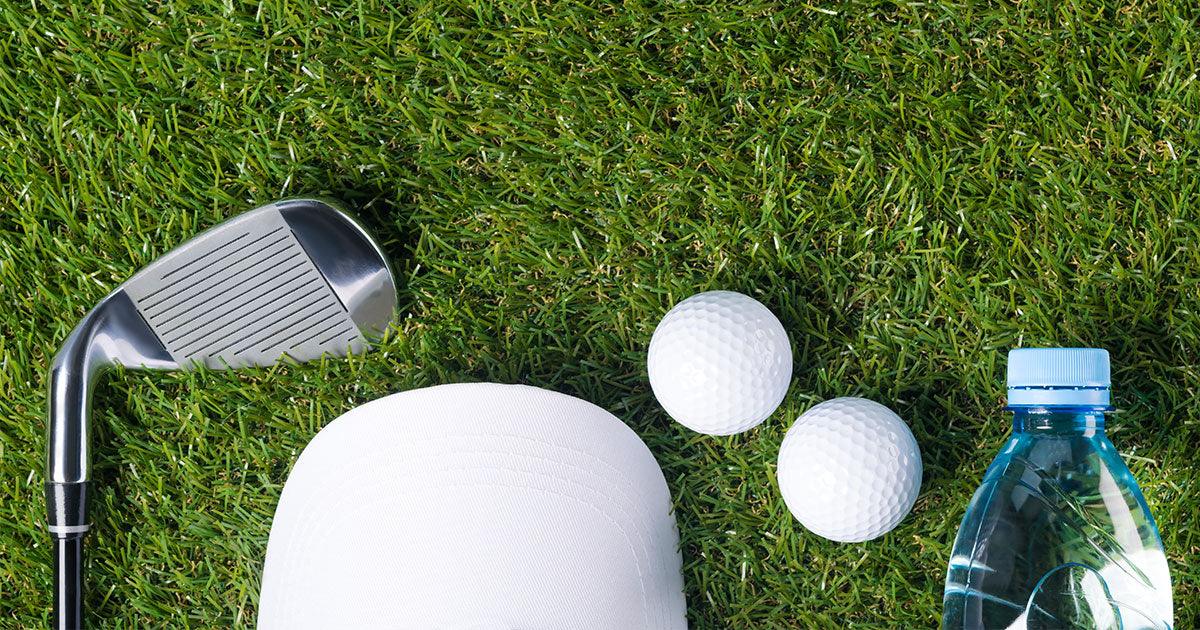Many runners know firsthand the agony that comes with shin splints. What often starts as a dull and mildly irritating pain in the lower leg, can quickly progress to a severe stabbing with each stride.
Runners aren’t the only athletes or individuals who might find themselves experiencing this type of injury. Fortunately, with a dedication to the correct treatment and taking basic preventative measures, you can easily return to your regular activity level in little time.
What Does Shin Splint Pain Feel Like?
For the most part, shin splints are fairly easy to diagnose based on a description of the pain, when it occurs, and its location. Doctors will often refer to the injury by its more formal, but less common name, medial tibial stress syndrome. The pain typically feels like a dull and aching pain in the front lower leg, although it can sometimes register as a sharp pain as well. This pain will often become worse and more severe if you continue to work out. If left untreated, shin splints can develop into a tibial stress fracture.
The injury itself causes pain along the tibia (the lower shin bone) because of inflamed and irritated muscles and connective tissues. As these tissues are overworked and overstressed, they become swollen, and the muscle and tissues begin to tug at the bone. The pain becomes more intense during periods of exertion and working out.
It can also be misleading because when the pain initially begins, it will often subside when the activity is ended. This can lead some athletes to think the pain and injury were temporary, only to feel it again during the next period of exercise. Eventually, without proper treatment and course of action, the pain can be a perpetual and consistent ache with little reprieve.
Contact your doctor for proper diagnosis and treatment.
What Causes Shin Splints?
Long-distance runners are especially prone to experience shin splints at some point in their careers, although the injury can occur in a variety of athletes. It can be a frustrating diagnosis, both because of the pain induced by the injury and the need for recovery time.
Shin splints are typically an injury that results from overuse and impact and most commonly occur if you train too hard too fast, increase your distance too quickly, run long distances on hills (particularly downhill), or workout on especially hard surfaces. However, they can also occur when poor-quality workout shoes are worn, or if you have heels and soles that are worn through past their prime.
High-impact workouts, like jumping, or agility workouts, like dance, also have a tendency to produce more diagnoses of shin splints in participants. Similarly, individuals who have flat feet or particularly high arches in their feet are also more prone to experience them due to the structure of the foot, increasing the intensity of each impact. Regardless of how you might get shin splints, the treatments remain the same.
Finding Relief from Shin Splint Pain
Once a diagnosis of shin splints, or medial tibial stress syndrome, has been made, the first step is to allow for a recovery period, to decrease stress on the shin and let it heal. It might take up to six months to heal completely, but most athletes can ease back into low-impact workouts within 2 to 4 weeks. As long as no pain is felt, you can go back to increasing your workout at a moderate pace.
One of the most critical steps to recovery and finding relief from shin splint pain includes icing your shins for 20 minutes, 2-4 times per day. Stretches and impact-free strengthening workouts can help to ease tension and loosen the muscles and might be provided by a doctor or physical therapist.
The compression sleeve works by helping to support the calf and stabilize the lower leg muscles. It also promotes circulation, which can support the healing process, as well as control fluid build-up, helping to reduce pain. Additionally, the Shin Splint and Calf Sleeve help with shock absorption, which is one of the primary causes of shin splints in the first place.
How to Prevent Shin Splints
Thankfully, with a few easy steps, you can ensure that once you’ve found pain relief from your shin splints, you can keep them away. Here are some simple rules to follow to help eliminate the chances of your shin splints returning:
- Wear a compression sleeve when participating in high-impact activities, even after your shin splints have healed.
- Get yourself shock-absorbing shoes or heel cups and replace them once the heels become too far worn out.
- Gradually return to your normal activity levels.
- Stagger your training, especially if you’re training for an event or race. Make sure you don’t push your body too hard when increasing your distance, speed, or intensity.
- If you have flat feet, consider investing in orthopedic inserts for the soles of your shoes to help relieve the impact.
- Stretch and warm-up your legs before an intense workout.
- Switch up your workouts to include a healthy mix of both high-impact and low impact activities.
Shin Splint Relief with Medi-Dyne
Your calves play a large role in the health of your shins. Any imbalance in strength often manifests itself in shin splints or a calf strain. By stretching your calves daily and increasing your calf flexibility, you can dramatically reduce your risk of muscle imbalance injury.
For Immediate Relief
1. Cushion
The biomechanically designed Tuli's® Heel Cup provides immediate relief by cushioning the area of pain and elevating the calcaneus (heel bone) to take the pressure off the shins, lessening the tension and allowing you to regain flexibility.
These replacement insoles absorb and return impact energy for long-lasting support for even the toughest sports players and runners.
For Long Term Healing
1. Stretch & Strengthening

This allows for an effective stretch that can help heal, as well as prevent, conditions such as shin splints. Calf, Achilles tendon, and plantar fascia flexibility are critical to shin splints healing. The ProStretch Plus is biomechanically engineered to enable a controlled and targeted stretch. This product has been preferred by athletes, trainers, and physical therapists for over 20 years.
3. Muscle Massage
These massage tools can easily help you get relief from painful shin splints fast as an innovative multi-layer therapy tool. It features both soft and medium-density Skin Surface Technology (SST) that gives a gentle and tactile feel to the massage. The Pro Roller includes a pinpoint precision gear that massages hard to reach areas or gives added intensity to a massage. It increases circulation, relieves knots, warms muscles, and improves overall performance.
Taking care of your body is the most important part of being an athlete, which is why treating and caring for any injury or potential injury is crucial. Whether you’re currently experiencing the pain from shin splints or you’re hoping to prevent any such injury in the future, just remember: always stretch, listen to your body, gradually increase your workouts, and invest in quality gear that will give you the best chance for success and the lowest chance of injury.
OTHER RELATED TOPICS
5 THINGS A PLANTAR FASCIITIS INSOLE MUST HAVE TO BE EFFECTIVE
5 BEST HEEL CUPS FOR PLANTAR FASCIITIS
PLANTAR FASCIITIS, A REASON TO WORRY?
5 REASONS WHY YOU SHOULD STRETCH IN THE MORNING
PLEASE NOTE: The information on this website and article is for information only and should not be used as a substitute for consulting your doctor. Consult your doctor for proper diagnosis and rehabilitation.








